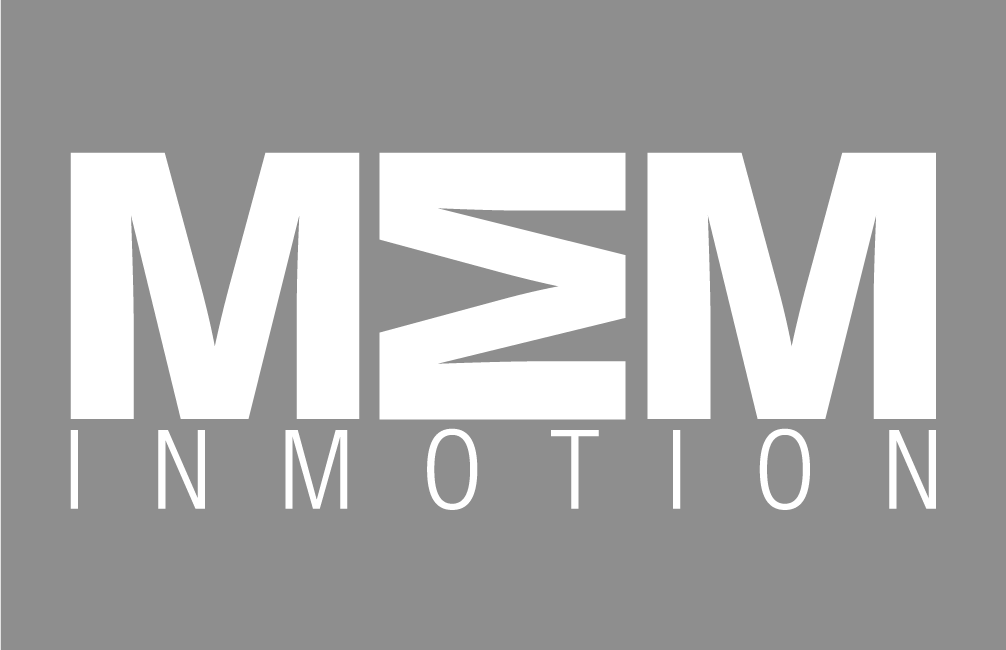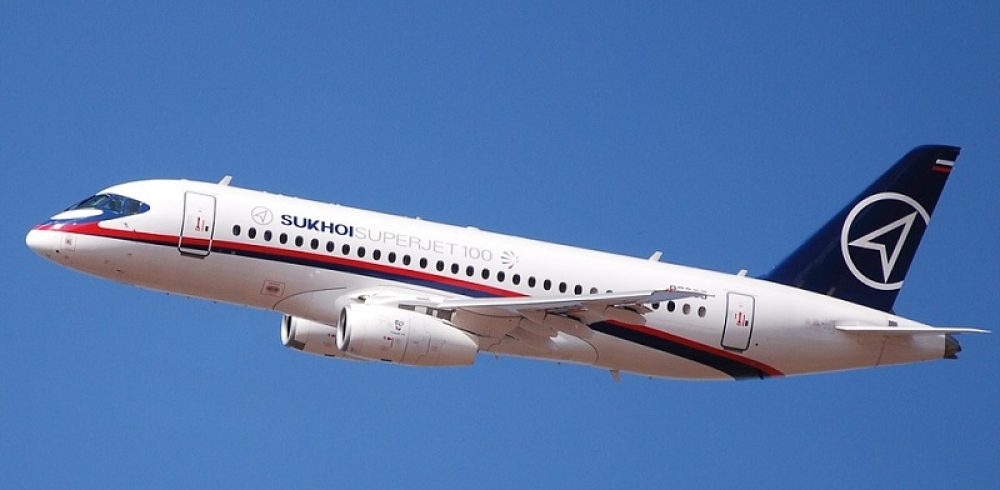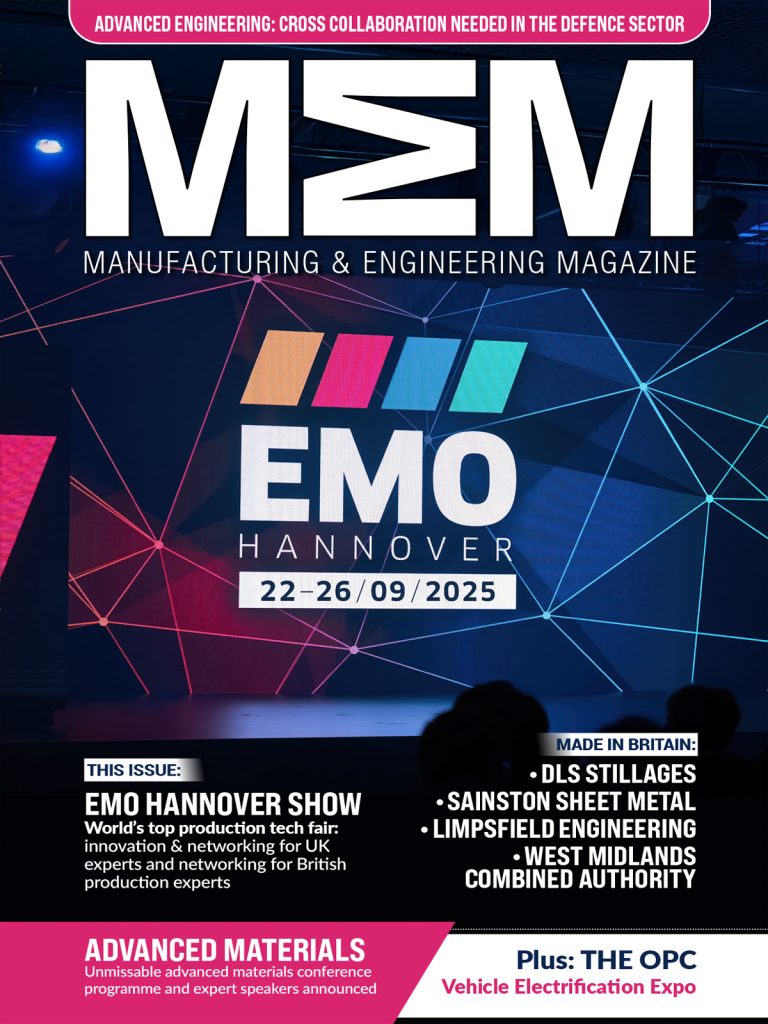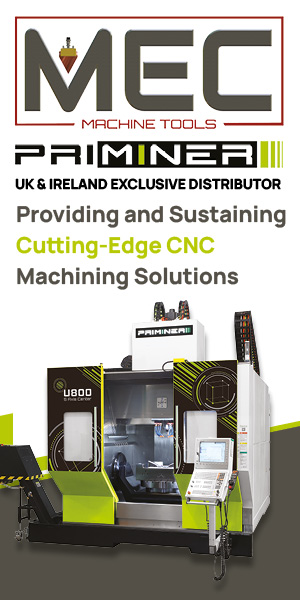The engineering team at the vehicle manufacturer IVECO has announced that they have formed a partnership with Aerodyne, a company the specialises in offering fuel-saving solutions. This partnership has been created in order to create a new range of air management kits that should cut down drag on the IVECO Stralis tractor units.
The engineering section of IVECO has been working to develop this air kit with Aerodyne in order to reduce the drag that occurs on the Stralis tractors and tall trailers. The air kit that has been created is available through IVECO in two different sizes and can be adjusted with a telescopic feature that means the smaller of the two systems can be fitted on to trailers that measure between 4.08m and 4.28m tall, whereas the second larger kit has been manufactured to be suitable for trailers between 4.22 and 4.7m in height.
The air kits have been created by Aerodyne who managed to develop the kits with the use of their 3D CAD designing systems as well as their CNC Machining technology. After the design had been decided on, the kits have been produced at Aerodyneâs Bourne headquarters, which is in Lincolnshire. The Air kits are made from GRP and are available in standard white as well as with the option of other colours in order to suit the customerâs requirements and livery.
In order to be more efficient, more and more fleets are looking to double decker trailers that make the most of the load fill. Therefore it is important to find a solution to the increased drag for these double-decked trailers. The engineers at IVECO have been working with Aerodyne to create this air kit in order to cut down on the amount of aerodynamic drag on the vehicle in motion. It has been calculated that aerodynamic drag on a vehicle can become the main factor of fuel consumption when a vehicle reaches 50 mph. The new air kit that has been developed is believed to cut this drag co-efficient by up to 25%, which could significantly improve fuel efficiency and cut operational costs.











